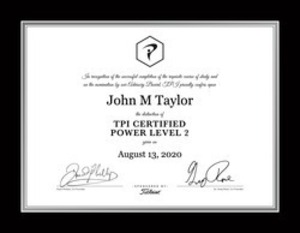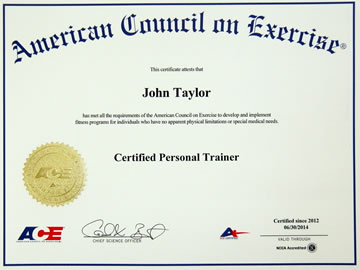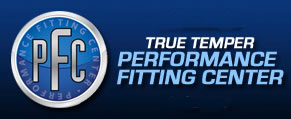Is your 6-iron a 5-iron?
Modern golf club marketing promises golfers that new iron models can yield distances up to "2-clubs longer" and can generate faster ball speed. Some of the best selling iron sets in golf currently are based on these claims. Nothing more.
The major way increased distance and ball speed can be achieved with classic iron club head designs and modern production technology is to make the club lofts stronger -- e.g., decrease the loft of a 6-iron to that of a 5-iron or a 4.5-iron.
That change reduces ball spin on impact and allows the ball to travel at a faster speed. There are books explaining the physics of ball flight and the roles of golf ball dimples and club face loft on aerodynamic lift for the golfer who is a technology enthusiast. We use this information when fitting clubs to reduce ball spin for increasing distance.
The effect of loft on ball spin is significant. Checking our favorite reference charts for performance differences between a 6-iron and a 5-iron with a 4º change in loft shows that as much as a 15% decrease in ball spin can be achieved by playing a 6-iron with a 5-iron loft. And there is a 2-3% increase in ball speed with the change to a 5-iron loft.
The facts of physics can be verified with your clubs, your swing, and a launch monitor. Club heads that have been properly fit with the right shaft for your swing and adjusted for optimum lie angles will help you hit the ball in the center of the club face. A center hit maximizes distance and accuracy, an off-center hit reduces it. All clubs obey these rules.
Does it matter if your 6-iron is a 5-iron? The answer is not for playing golf if you select clubs from your bag with the correct loft for the distance needed on your next golf shot -- e.g., it doesn't matter whether there is a 4, 5, 6, 7, etc. stamped on the club sole. It only matters when you buy a new set of clubs if, in the words of an immortal rock song, you don't want to get "fooled again".





























 John Taylor
John Taylor
